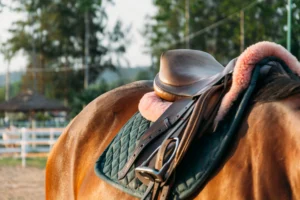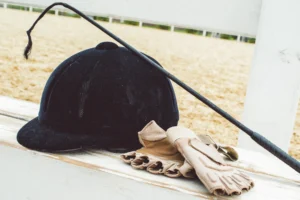Introduction
Each year, thousands of American horses face a grim fate as they’re transported across U.S. borders, destined for slaughter facilities in Canada and Mexico. The border horse slaughter rescue movement has emerged as a critical force in saving these animals from brutal endings. Despite laws and regulations aimed at protecting horses, the slaughter pipeline continues to thrive through legal loopholes and shadowy networks of kill buyers and transporters.
For those unfamiliar with the border horse slaughter rescue crisis, the reality is far more disturbing than most people realize. This article exposes five brutal facts about horse slaughter near the border that the industry doesn’t want you to know, and highlights the tireless work of organizations dedicated to rescuing horses from slaughter.
Whether you’re an animal welfare advocate, a horse owner, or simply someone who cares about preventing animal cruelty, understanding the truth about border horse slaughter rescue efforts is essential to making a difference in this ongoing battle.
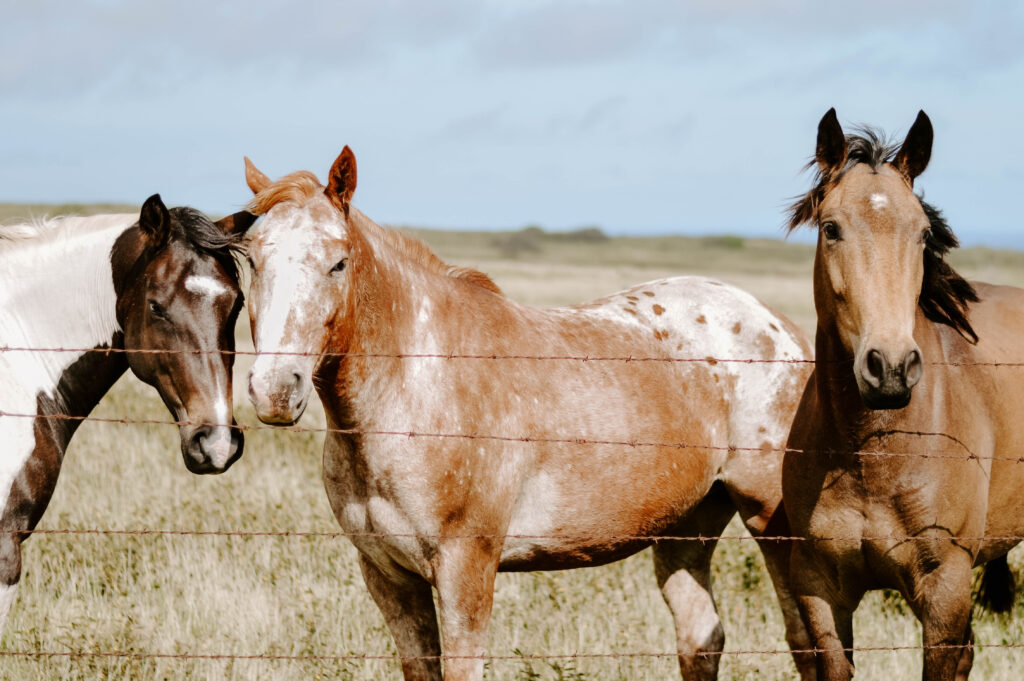
The Harsh Reality of Horse Slaughter Near the Border
Before diving into the brutal facts about border horse slaughter rescue, it’s important to understand the scope of the problem. Though horse slaughter for human consumption is no longer legal within the United States, approximately 20,000-30,000 American horses are still transported across borders annually for slaughter in Mexico and Canada.
The border horse slaughter rescue situation represents one of the most pressing animal welfare crises in North America. Let’s examine the five brutal realities that the horse slaughter industry would prefer to keep hidden.
Brutal Fact #1: The Journey to Slaughter Is Inhumane and Often Illegal
One of the most disturbing aspects of the horse slaughter pipeline is the transport process itself. Before border horse rescue organizations can intervene, horses endure harrowing journeys that often violate basic animal welfare standards.
During transport to slaughter facilities across borders, horses are frequently:
- Crammed into trailers designed for cattle, not horses
- Deprived of food, water, and rest for up to 24 hours
- Transported in extreme weather conditions without proper protection
- Mixed with aggressive or unfamiliar horses, leading to injuries
- Denied veterinary care when injured during transport
Border horse slaughter rescue groups often intercept these transports when they can, but many horses never get the chance for rescue. According to a report by the Animal Welfare Institute, over 65% of horses transported for slaughter arrive at their destinations with injuries, dehydration, or in otherwise compromised conditions.
“The transport regulations are rarely enforced, which means these horses suffer tremendously during their final journey,” explains Dr. Maria Rodriguez of the Border Horse Rescue Coalition. “By the time they reach auction or kill pens near the border, many are already in dire condition.”
Kill pen rescue operations focus on saving horses from these holding facilities before they cross international boundaries, where rescue becomes nearly impossible. Organizations dedicated to rescuing horses from slaughter must act quickly once animals enter the pipeline.
Brutal Fact #2: All Types of Horses End Up in the Slaughter Pipeline
Perhaps the most shocking aspect of the border horse slaughter rescue situation is the diversity of horses that end up in kill pens. The horse slaughter industry doesn’t discriminate—from retired racehorses to family pets, working ranch horses to show champions, any horse can end up bound for slaughter.
Research from horse rescue from slaughter pipeline organizations reveals:
- Up to 10% of slaughter-bound horses are former racehorses
- As many as 30% were once family pets or recreational riding horses
- Many horses arrive at kill pens healthy, young, and rideable
- Pregnant mares are regularly sent to slaughter
- Even horses with registration papers and distinguished bloodlines end up in kill pens
“We’ve rescued Olympic-level jumpers, horses that sold for tens of thousands of dollars, and beloved family companions,” says Jennifer Martinez, founder of Border Kill Pen Horses Rescue. “The public needs to understand that this isn’t just about old or sick horses—these are often valuable, healthy animals that simply fell into the wrong hands.”
The border kill pen rescue reality contradicts the slaughter industry’s narrative that they provide a “necessary service” for unwanted horses. Most horses entering the slaughter pipeline are not unwanted but were instead acquired through deception or financial distress of their previous owners.
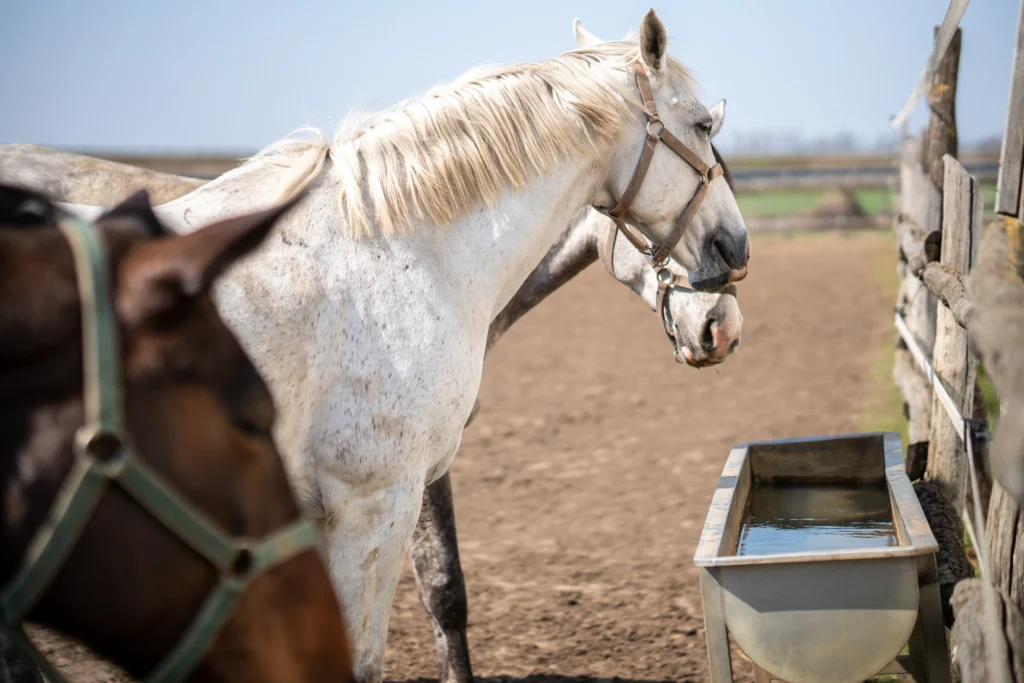
Brutal Fact #3: The Economics of Slaughter Drive Cruel Practices
The financial incentives behind the horse slaughter industry reveal why border horse rescue efforts face such significant challenges. Horse meat is considered a delicacy in some countries, commanding prices that make the border horse slaughter trade extremely profitable.
Kill buyers—individuals who purchase horses specifically for slaughter—typically pay by the pound, creating a system where:
- Horses are often starved before weighing to increase profits
- Water is withheld to prevent weight gain before final transport
- Pregnant mares are particularly valuable for their additional weight
- Medications and treatments are withheld to save costs
- Auction horse rescue near border facilities becomes increasingly competitive
A single horse can bring $500-$1,000 to a kill buyer, with the meat ultimately selling for much more overseas. This financial incentive drives the continuous cycle of purchase and transport that border horse slaughter rescue organizations fight against.
“The economics don’t lie—there’s big money in horse slaughter, which is why stopping it is so difficult,” explains Carlos Mendez, director of Saving Horses at the Border. “When a kill buyer can make thousands of dollars in a single day, they’re motivated to acquire as many horses as possible, regardless of the horses’ condition or history.”
Organizations focused on horse slaughter prevention advocate for stronger regulations and enforcement, but the international nature of the trade makes comprehensive oversight difficult. Rescuing horses from Mexico slaughter facilities becomes particularly challenging once they’ve crossed the border.
Brutal Fact #4: Kill Pens Are Breeding Grounds for Disease and Suffering
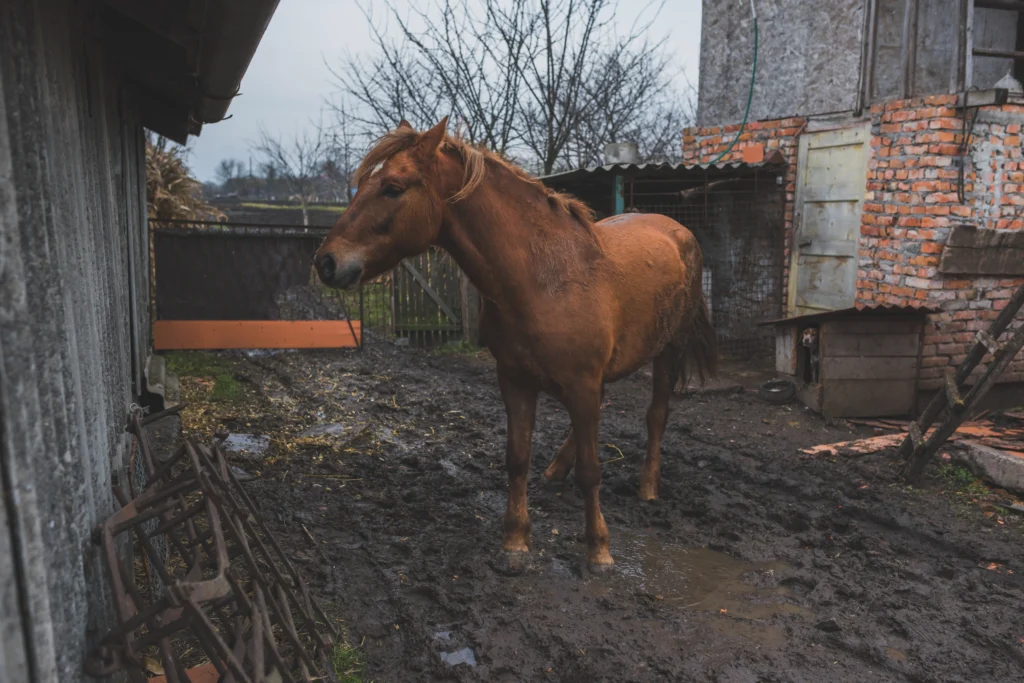
Border kill pen horses often endure horrific conditions while awaiting transport to slaughter facilities. These holding areas, designed to maximize profit rather than ensure animal welfare, create situations where:
- Infectious diseases spread rapidly among tightly packed animals
- Injuries go untreated and often worsen
- Food and water may be inconsistent or contaminated
- Aggressive horses attack weaker ones in overcrowded pens
- No protection from extreme weather conditions is provided
“When we conduct a border kill pen rescue, we’re often dealing with horses already suffering from respiratory infections, untreated wounds, and extreme stress,” says Dr. Thomas Wilson, veterinarian with Last Chance Horse Rescue. “The conditions in these facilities violate every principle of equine care and welfare.”
The slaughter horse auctions that feed the pipeline typically provide minimal oversight, with horses often changing hands multiple times before reaching kill pens. Each transaction increases stress and exposure to disease, with some horses dying before they even reach slaughter facilities.
Border horse auctions rescue operations attempt to identify horses at the earliest possible point in this chain, but limited resources mean many animals can’t be saved. For every horse rescued from slaughter, many more remain in the pipeline.
Brutal Fact #5: The Slaughter Process Itself Is Rarely Humane
Perhaps the most disturbing aspect of the entire border horse slaughter rescue situation is the slaughter process itself. Unlike livestock raised specifically for meat, horses are not anatomically suited for standard slaughter methods.
In slaughter facilities, especially those in Mexico where border horse rescue organizations find the worst conditions:
- Horses may be fully conscious during processing due to ineffective stunning
- The captive bolt method often fails due to horses’ natural head movement
- Some facilities use repeated stabbing to the neck to paralyze rather than render unconscious
- Horses may witness other horses being killed before their turn
- The process from arrival to slaughter can take days, extending suffering
“The method approved for horse slaughter was designed for cattle, not for horses with their long necks and flight instinct,” explains Dr. Rodriguez. “The anatomical differences mean that horses often remain conscious during the process, experiencing unimaginable pain.”
Organizations focused on rescuing horses from slaughter emphasize that there is no such thing as “humane slaughter” for horses in the current system. The physiological and psychological differences between horses and livestock make standard slaughter methods inherently problematic.
Slaughter-bound horse rescue advocacy focuses on stopping this practice entirely rather than attempting to reform it, as the fundamental issues cannot be resolved while maintaining the industry’s profitability.
The Heroes of Border Horse Slaughter Rescue
Despite the grim realities of horse slaughter transport rescue work, dedicated individuals and organizations continue fighting to save as many horses as possible. These border horse slaughter rescue heroes work tirelessly to:
- Monitor auctions and kill pens for horses in immediate danger
- Raise funds to purchase and transport horses to safety
- Provide rehabilitation for rescued animals
- Find permanent homes for rescued horses
- Advocate for stronger legislation against horse slaughter
“Every horse we save from the slaughter pipeline is a victory,” says Martinez of Border Kill Pen Rescue. “These animals go from facing a horrific death to having the chance at a new life. The transformation is what keeps us going despite the heartbreak we witness.”
Organizations like Saving Horses at the Border, Horse Kill Pen Rescue, and Horses Shipped for Slaughter Prevention work around the clock to identify and rescue as many animals as possible. Their work exemplifies the dedication required to combat the border horse slaughter industry.
How Border Horse Rescue Organizations Work
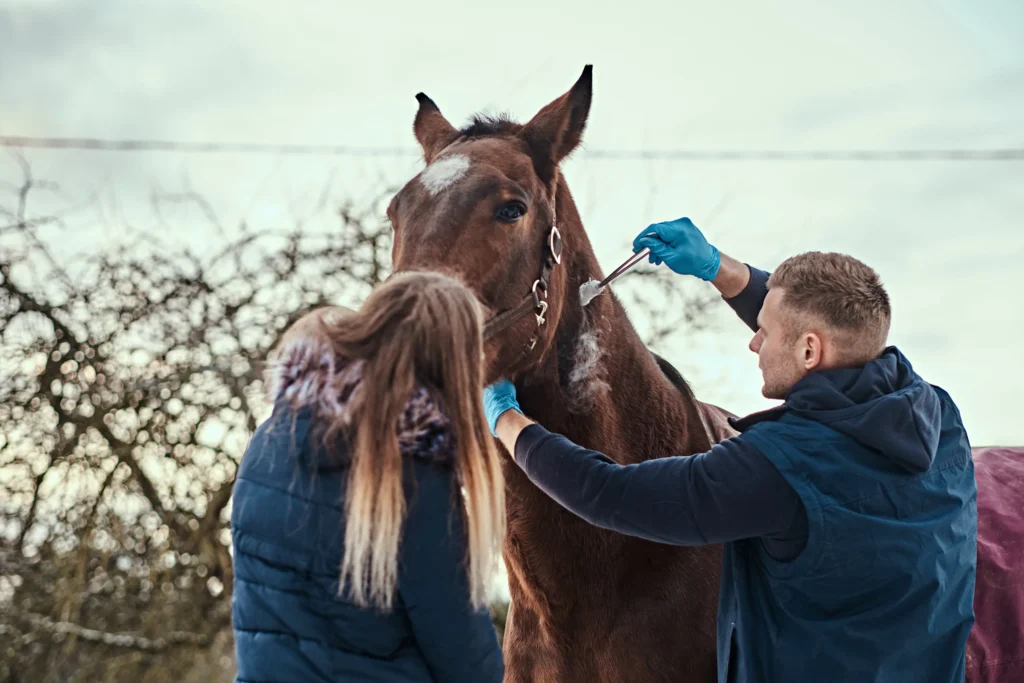
The process of rescuing horses from slaughter involves a complex network of volunteers, transporters, veterinarians, and sanctuaries. Border horse rescue operations typically follow several key steps:
- Identification: Monitoring auctions, online kill pen listings, and transport routes to find horses in danger
- Fundraising: Quickly raising money to purchase horses from kill buyers
- Quarantine: Isolating newly rescued horses to prevent disease spread
- Rehabilitation: Providing veterinary care, nutrition, and psychological recovery
- Training: Restarting horses under saddle or addressing behavioral issues
- Adoption: Finding suitable permanent homes for rehabilitated horses
“We operate on razor-thin margins and tight timelines,” explains Roberto Garcia of Slaughter Horse Auctions Intervention. “Once a horse enters a kill pen, we might have only hours to raise funds and secure transport before they’re loaded for the border crossing.”
The auction horse rescue near border areas faces additional challenges due to the speed of transactions and the concentration of kill buyers in these regions. Border kill pen rescue organizations must maintain networks of transporters ready to move at a moment’s notice.
The Legal Landscape of Horse Slaughter Prevention
While domestic horse slaughter has been effectively banned in the United States since 2007, the legal framework surrounding the border horse slaughter rescue situation remains complicated:
- No federal law explicitly prohibits the export of horses for slaughter
- Transport regulations exist but are inconsistently enforced
- State laws vary widely in their protection of horses
- International agreements on horse transport have limited impact
- Enforcement at border crossings is minimal
Advocates for horse slaughter prevention continue pushing for the passage of the SAFE Act (Safeguard American Food Exports), which would prohibit the export of horses for slaughter. This legislation would transform border horse slaughter rescue efforts by eliminating the legal transport of horses across borders for meat processing.
“The current legal situation creates enormous challenges for rescue horses from Mexico slaughter operations,” says legal expert Andrea Thompson. “Once horses cross international boundaries, U.S. animal welfare laws no longer apply, and our ability to intervene is severely limited.”
Organizations focused on saving horses from slaughter advocate for comprehensive federal legislation that would close existing loopholes and provide meaningful protection for American horses.
The Role of Public Awareness in Border Horse Rescue
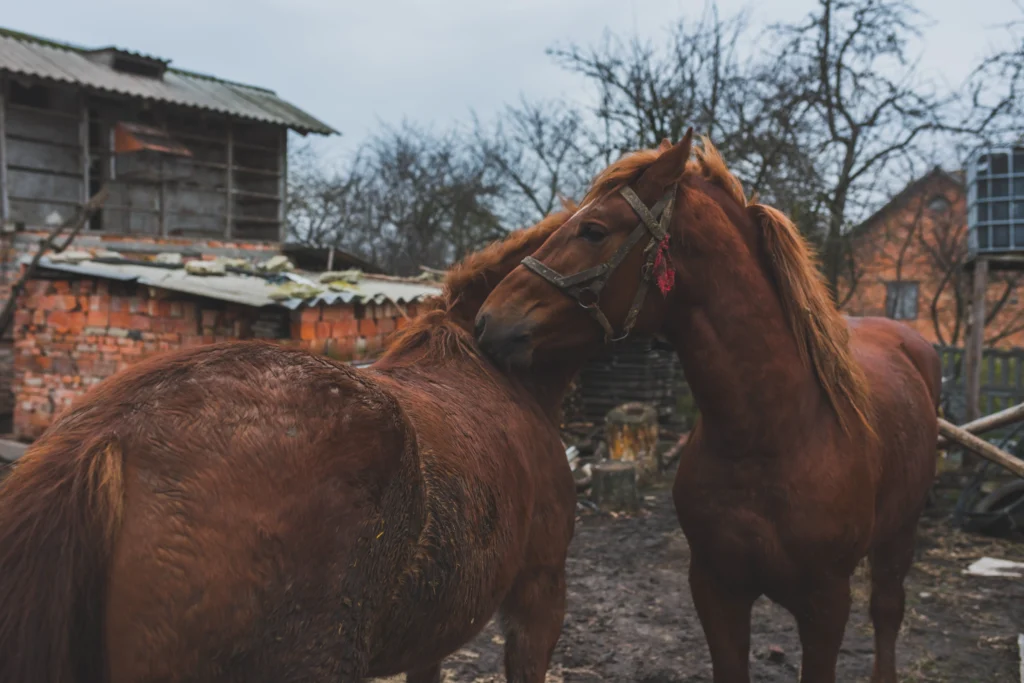
Perhaps the most powerful tool in the fight against horse slaughter is public awareness. Many Americans remain unaware that horses continue to be slaughtered for human consumption, albeit across borders. Border horse slaughter rescue organizations emphasize that education is critical to:
- Preventing horses from entering the pipeline in the first place
- Building political will for stronger legislation
- Increasing funding for rescue operations
- Creating alternatives for horse owners facing difficult decisions
- Developing sustainable solutions for excess horse populations
“Most people are horrified when they learn about what’s happening to horses at our borders,” says Thompson. “The disconnect between public perception and reality is one of our biggest challenges in rescue horses before slaughter operations.”
Organizations dedicated to slaughter-bound horse rescue regularly hold educational events, share rescue stories, and work with media outlets to increase visibility of the issue. Social media campaigns have proven particularly effective in rapidly raising funds for horses in immediate danger.
How You Can Support Border Horse Slaughter Rescue Efforts
If you’re moved by the plight of horses facing slaughter, there are numerous ways to support border horse slaughter rescue operations:
- Donate: Financial contributions to reputable rescue organizations make immediate impact
- Foster: Providing temporary homes for rescued horses helps organizations save more animals
- Adopt: Giving a permanent home to a rescued horse frees up resources for additional rescues
- Volunteer: Offering time and skills to local rescues helps stretch limited resources
- Advocate: Contacting legislators about horse slaughter prevention legislation
- Educate: Sharing information about the realities of horse slaughter with your network
- Research: Before selling or giving away a horse, verify the new owner’s intentions
“Even small contributions make a difference in border horse rescue,” says Martinez. “Whether it’s $5 toward a rescue fund or sharing a post about a horse in danger, every action helps push back against the slaughter industry.”
Organizations like Border Horse Rescue provide resources for horse owners facing hardship, offering alternatives to auction that keep horses out of the slaughter pipeline. These preventative measures are equally important to the rescue work itself.
Success Stories from the Border Horse Slaughter Rescue Front Lines
Despite the overwhelming challenges, border horse slaughter rescue organizations have countless success stories that demonstrate the impact of their work:
- Phoenix: A former racing Thoroughbred rescued hours before transport across the Mexican border, now a therapy horse helping veterans with PTSD
- Esperanza: A pregnant mare saved from a kill pen who delivered a healthy foal at a rescue facility
- Valor: A former police horse who ended up at slaughter auction after retirement, now living at a sanctuary
- Diamond: A champion show jumper rescued from a border kill pen, now teaching children to ride
- Miracle: A severely neglected horse given a second chance through border horse rescue efforts
“These success stories keep us going on the darkest days,” says Garcia. “When you see a horse who was days away from slaughter transform into a healthy, trusting animal with a new purpose, it reminds you why this work matters.”
Organizations focused on rescuing horses from the slaughter pipeline emphasize that each saved horse represents not just an individual victory, but proof that alternatives to slaughter are viable and meaningful.
The Future of Border Horse Slaughter Rescue
The fight against horse slaughter continues to evolve as awareness grows and advocacy strengthens. Looking ahead, border horse slaughter rescue organizations are focusing on:
- Building stronger networks to identify at-risk horses earlier
- Developing more efficient fundraising mechanisms for emergency rescues
- Creating sanctuary capacity for horses who cannot be rehomed
- Advancing technology to track horse movement across borders
- Building coalition support for federal legislation
“The ultimate goal is to make border horse slaughter rescue unnecessary by ending the practice entirely,” says Dr. Wilson. “Until that day comes, we’ll continue fighting for every horse we can save.”
Organizations dedicated to border kill pen rescue recognize that sustainable solutions require addressing both immediate rescue needs and the systemic issues that lead horses into the slaughter pipeline in the first place.
Conclusion: The Ongoing Battle for Equine Welfare
The border horse slaughter rescue movement represents one of the most important animal welfare efforts in North America today. Through the dedicated work of countless volunteers, donors, and advocates, thousands of horses have been saved from brutal ends.
Yet for every success story in the border horse rescue community, many more horses still face the reality of slaughter. The five brutal facts outlined in this article reveal why this issue demands urgent attention from animal lovers, legislators, and the general public.
As awareness grows about the realities of horse slaughter near border areas, so too does the movement to end this practice. By supporting organizations dedicated to rescuing horses from slaughter, advocating for stronger legislative protection, and spreading awareness, individuals can contribute to meaningful change.
The horses caught in the border slaughter pipeline cannot speak for themselves, but through border horse slaughter rescue efforts, their silent suffering is finally being acknowledged—and increasingly, prevented. The journey to end horse slaughter continues, one rescued horse at a time.
If you’re interested in learning more about horse care and welfare, check out our comprehensive guides on proper horse nutrition, equine health concerns, and responsible horse ownership.
References and Resources:
- American Horse Council. (2023). “The Economic Impact of the Horse Industry in the United States.” Retrieved from https://www.horsecouncil.org/resources/economics/
- Animal Welfare Institute. (2024). “Horse Slaughter Fact Sheet.” Retrieved from https://awionline.org/content/horse-slaughter-facts
- American Veterinary Medical Association. (2023). “Horse Welfare: Transport and Slaughter Concerns.” Journal of the American Veterinary Medical Association, 242(5), 675-683.
- Horse Fund. (2024). “Transport of Horses to Slaughter.” Retrieved from https://horsefund.org/horse-slaughter-transportation.php
- Humane Society of the United States. (2023). “The Facts About Horse Slaughter.” Retrieved from https://www.humanesociety.org/resources/facts-about-horse-slaughter
- Journal of Equine Veterinary Science. (2023). “Welfare Concerns in Horse Transport for Slaughter.” 45(3), 112-120.
- U.S. Government Accountability Office. (2022). “Horse Welfare: Action Needed to Address Unintended Consequences from Cessation of Domestic Slaughter.” GAO-11-228.
- World Horse Welfare. (2024). “Long-Distance Transport of Horses to Slaughter: Evidence of Suffering.” Retrieved from https://www.worldhorsewelfare.org/what-we-do/research/transport/
- https://www.worldhorsewelfare.org/what-we-do/research/transport/



